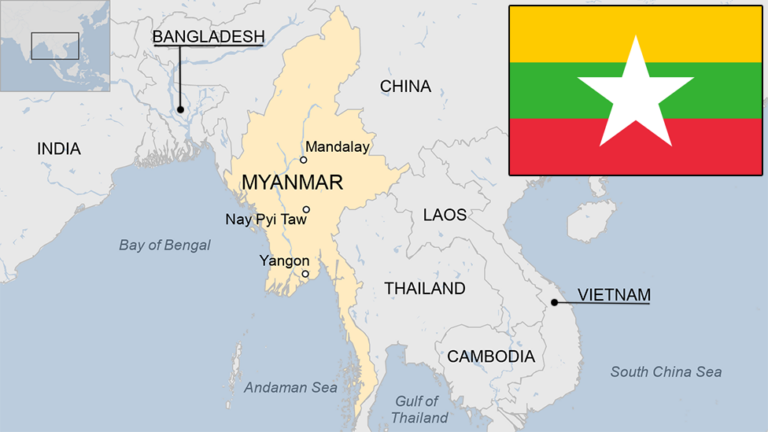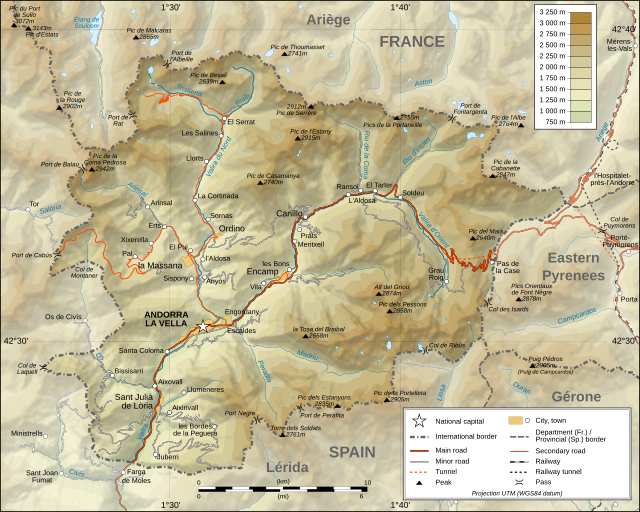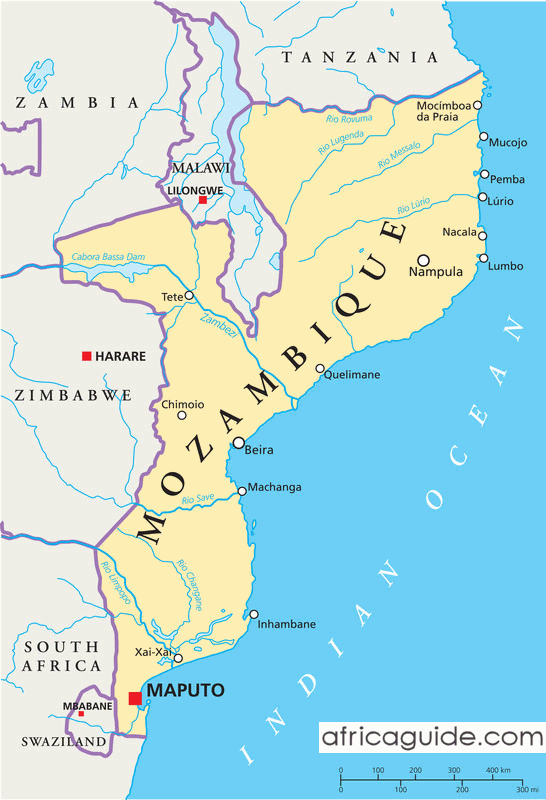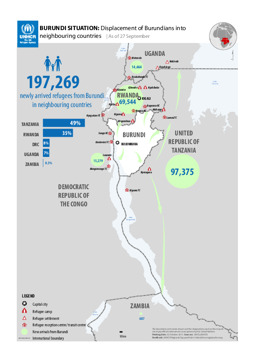Eritrea Neighbouring Countries and Border Facts
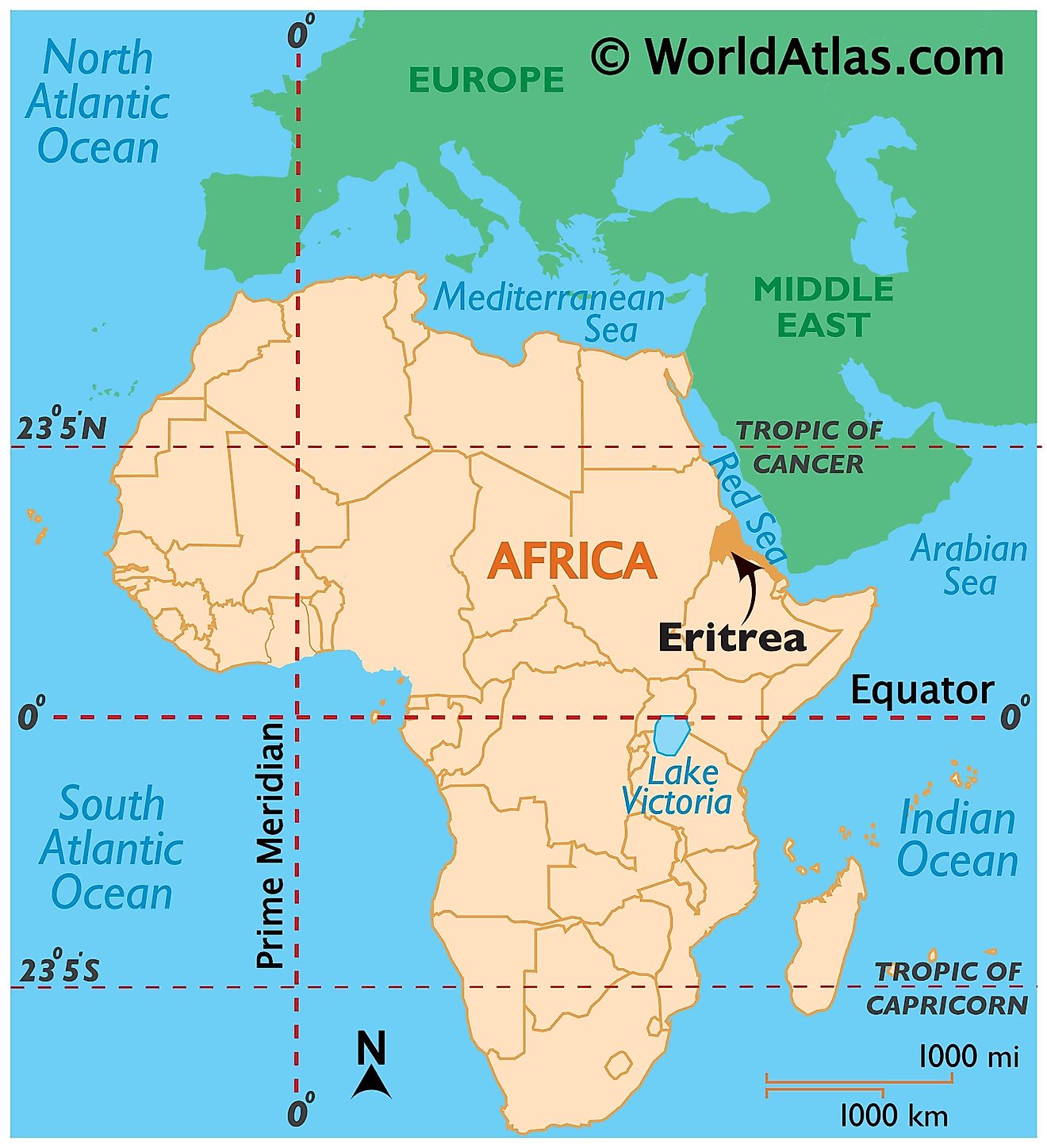
Eritrea’s Neighboring Countries
Eritrea, tucked away in the Horn of Africa, holds a spot that’s prime on the map, buzzing with political interest.
The Borders of Eritrea
Eritrea cozies up to Ethiopia, Sudan, and Djibouti. These borders are more than just lines on a map—they are at the heart of the region’s ups and downs.
| Border | Length (km) | Key Features |
|---|---|---|
| Ethiopia | 1,033 | Sweeps through the Afar and Tigray regions |
| Sudan | 686 | Stretches from the Ethiopian border to Ras Kasar |
| Djibouti | – | Hugs the southeastern edge |
On the flip side, the northeast and east flaunt a long coastline along the Red Sea, a lifeline pumping with trade and jobs.
Relations with Sudan
Running for 686 km (426 mi), the Eritrea-Sudan border has seen its fair share of drama. Every inch has a story, from:
- Sneaky human smuggling rings
- Eritreans making a run for it
- Ghosts of colonial times, courtesy of Britain and Italy
In early 2018, Sudan threw up a “closed for business” sign over concerns about the sneaky goings-on at the border. Fast-forward to 2019, and Sudan did a 180 after a political makeover. Yet, the flow of folks seeking refuge remains heavy, with numbers topping 114,000 Eritreans recently crossing over (Wikipedia).
The Eritrea-Ethiopia Border
Clocking in at 1,033 km (641.9 mi), the border between Eritrea and Ethiopia weaves through the Afar and Tigray regions. These two haven’t always been neighborly, with a history marked by beef and brokering peace deals.
This particular boundary is key in decoding the region’s social and political ups and downs. Interested in why this matters today? Check out more on Ethiopia’s neighbors or take a peek at Egypt’s neighboring scene.
The whole scenario isn’t just about lines or names; it’s about history and how stories of the past shape the now and the future of Eritrea and the countries nearby. Interested in finding out more about how these link-ups affect places like Gabon or Ghana? Give those a look too.
Historical Context
Eritrea and Ethiopia Conflict
Eritrea’s road to independence was anything but smooth. After breaking free in 1991, Eritrea did its paperwork in 1993 following a referendum where almost everyone waved their independence flags. Before this, Ethiopia had swallowed Eritrea whole in 1962. Once the UN gave a thumbs-up to the split in ‘93, Eritrea stood alone, formally recognized on May 4, 1993.
The scrap over the border got fiery in the late ’90s when Eritrean forces rolled into Badme, and Tigrayan groups weren’t exactly throwing welcome parties. Though there were smiles and handshakes in the early ‘90s between neighbors Meles Zenawi and Isaias Afeworki, old grudges crept back in, turning talks into tense staring contests.
Impact of Peace Agreements
When peace deals landed on the table, they shook up the chemistry between Eritrea and Ethiopia. Come 2018, Ethiopia, under Abiy Ahmed’s leadership, handed over Badme, starting a path to mending fences between the nations.
Back in the day, Eritrea and the Tigray folks were kindred spirits in their mutual gripe with the Ethiopian government. But as time went on, identity and ideological rifts twisted those ties into knots.
Role of Governments in the Region
In a political tug-of-war, regional governments played hardball. Post-1998-2000 war, Eritrea was like a kid left out at recess, thanks to shifts favoring the Tigray People’s Liberation Front. But cheers went up in July 2018 with a peace deal that made the Tigray group feel the squeeze, flipping the power narrative in the area.
For those curious about how this political game mirrors other places, check out areas like Egypt and Ethiopia’s regional dynamics in their respective neighborly sports. They’ve got tales to tell that echo these ups and downs.
Transportation Links
Eritrea’s transportation network is the lifeline connecting it to its neighboring pals. Let’s take a gander at Eritrea’s ports, railways, roads, airports, and those handy merchant ships.
Ports and Railways
Eritrea’s got some busy ports! Asseb and Massawa are not just important for locals but are bustling places for neighbors too (Britannica). Massawa’s port has undergone a facelift, thanks to the World Bank, European Union, and Italy chipping in. These ports are not just big metal places but key players in boosting trade and making friends with nearby countries.
Now, onto the tracks! Eritrea’s railway, thanks to its Italian forefolks, connects Massawa to cities like Asmara, Keren, and Akordat. This railway isn’t just for shipping goods—it’s about moving folks and stuff efficiently around the country and beyond.
Road Networks and Airports
The roads in Eritrea stretch far and wide, with 4,010 km in total, 874 km of which are paved, and another 3,136 km unpaved as of ’96 (Wikipedia). These roads tie big cities and small towns, making travel and trade a breeze.
And let’s not forget about the skies. Eritrea has three big airports: Asmara International, Massawa International, and Assab International (Wikipedia). These aren’t just big sheds for planes. They connect Eritrea with the world, playing a big part in moving people and cargo just about everywhere.
| Infrastructure Type | Key Features |
|---|---|
| Highways | Total: 4,010 km; Paved: 874 km; Unpaved: 3,136 km |
| Airports | Asmara International, Massawa International, Assab International |
Merchant Marine
Eritrea’s fleet might be small, with just five ships, but they pack a punch with a total volume of 16,069 GT/19,549 tonnes DWT. This motley crew includes types like bulk carriers, cargo ships, gas carriers, tankers for oil, and roll-on/roll-off types. These guys are crucial, helping Eritrea with import and export business, bringing goods in and shipping them out.
Eritrea’s transport links are like blood vessels, boosting the economy and strengthening bonds with next-door nations. If you’re curious about those neighboring buddies of Eritrea, check out more on Ethiopia neighboring countries, Kenya neighboring countries, and Libya neighboring countries.
Socio-Economic Dynamics
Grasping the socio-economic nuts and bolts of Eritrea gives a peek into its ongoing story and development. This part’s all about education, health, social progress, and the bumps in the road they’ve hit.
Education and Health
Eritrea’s been punching above its weight in some areas despite battling a fair share of hurdles.
Education
They’ve hit the bullseye with universal primary schooling, but the path ahead is rocky when it comes to middle and high school. While primary schooling is at a whopping 100%, middle school enrollment hangs at 75% and it plummets to 28% when we talk high school (World Bank). This screams for more open doors in education for those older kids.
| School Level | Enrollment Numbers |
|---|---|
| Primary School | 100% |
| Middle School | 75% |
| High School | 28% |
Need more numbers? Here’s the World Bank’s scoop.
Health
Eritrea’s been working wonders with child and mother mortality rates. From 2000 to 2013, they chopped under-five mortality by 67% and maternal mortality by 78%. There’s been a serious push against Female Genital Mutilation too, thanks to spirited community efforts.
Social Progress and Challenges
Progress is a thing in Eritrea, but hurdles are a part of the package.
Social Progress
- Health Big Wins: Major cuts in child and maternal deaths.
- Community Action: Strong campaigns have made strides against FGM.
Challenges
- Young Folks Taking Off: With long national service and not much in the way of political reform post-2018 peace pact with Ethiopia, many young guns are packing up and leaving.
- Youth’s Pessimistic View: The vibe among young ‘uns isn’t super optimistic considering the current political and economic setup.
Economic Scene
Eritrea’s economy is pretty much a government show, putting private entrepreneurs in a bit of a bind.
- State-Run System: The market’s got a tight lid on it, with the government calling the shots. State-run leviathans like the Red Sea Corporation are at the wheel.
Key Economy Bits
| What’s Measured | What’s the Deal |
|---|---|
| Market Setup | Government-held, tight leash |
| Competition Law | Nonexistent |
| Economic Changes | Barely there |
Without a proper competition law, those at the top hold the economic reins.
Wanna learn more about what’s happening next door? Visit bits on Ethiopia’s neighbors, Egypt’s neighbors, and Djibouti’s neighbors. Or see how others are handling their issues with El Salvador’s neighbors and Equatorial Guinea’s neighbors.
Refugee Situation
Eritrea’s got a mess on its hands, not just with itself but with everything going on around it. The country’s juggling its own problems along with squabbles in the neighborhood, which has created quite the refugee crisis affecting nearby places. We’re diving into what’s happening with folks rushing into Sudan, the world’s reaction, and the ongoing humanitarian headaches.
Influx into Sudan
Things came to a head in 2000 when chaos reigned supreme, and over 100,000 Eritreans decided enough was enough, making a break for Sudan. They weren’t just strolling over – many were in desperate straits. Sudan’s played whack-a-mole with its borders, sometimes closing them like they’re trying to keep the cat in the bag, other times reopening when they think they’ve got a handle on things like illegal crossings and human trafficking.
Fast forward to 2020, the United Nations had counted over 114,000 Eritrean refugees who’d either hoofed it to Sudan or were trying to find a spot in Eritrea or Ethiopia (Wikipedia). Then came the Tigray War, and by 2023, a whopping 130,000 refugees and civilians were camping out in Sudan for safety.
Global Response
The world couldn’t just sit there, twiddling thumbs. There was a call to action, and various do-gooders like the United Nations High Commissioner for Refugees (UNHCR) jumped in to help out. They’re busy dishing out everything from beds to bread, medical stuff to other essentials.
| Year | Number of Eritrean Refugees in Sudan |
|---|---|
| 2000 | 100,000+ |
| 2020 | 114,000+ |
| 2023 | 130,000 |
These numbers paint the picture loud and clear: there’s an urgent need for more help from around the world.
Humanitarian Challenges
Hosting a boatload of refugees can make life tricky. Sudan’s resources are stretched thin, making it tough to give all these folks the support they need. Humanitarian groups are often tripping over obstacles like logistics and lack of funding, making it hard to fix things quickly. Political issues, along with the dicey human rights vibes and governance in Eritrea and its neighbors, just add to the pile of challenges for both refugees and the helpers.
Lingering border disputes and constant military activities keep the region on its toes, causing more displacement and unrest. The steady stream of refugees into Sudan underscores the urgency for regional teamwork and efficient solutions to tackle what’s driving this massive displacement and to help those caught in the bind.
For more hot takes on the geopolitical ramifications, check out our thoughts on equatorial guinea neighboring countries and ethiopia neighboring countries.
Political Environment
Government Structure
Eritrea might not be on your bucket list of functioning democracies. Operating under a one-party rule, it hasn’t thrown a presidential or legislative election shindig since its jam-packed independence party in ’93. President Isaias Afwerki’s been the only head honcho since then. You don’t need a telescope to spot the control of the People’s Front for Democracy and Justice (PFDJ)— it’s the sole legal party and ruling with an iron grip.
The government hogs the limelight, holding sway over how businesses are run and how the economy ticks. Imagine trying to operate a lemonade stand with your hands tied, and that’ll give you an idea of the business climate. Eritreans are stuck in the back seat with scant opportunities to steer policies or governance decisions (BTI Project).
Human Rights Record
When it comes to human rights, Eritrea’s scorecard flunks on a world stage. Free press? More like ‘no press.’ The government keeps a tight rein over what’s written and said, shooting down human rights claims as mere political bickering (Wikipedia). Folks find themselves in hot water with arbitrary arrests and there’s as much freedom of speech as in a vacuum.
Because of all this, human rights groups throw Eritrea at the bottom of the rankings. Challenges stack up for citizens, and it just piles onto other socio-economic woes in the country. It’s like living in a pressure cooker with no release valve.
Geopolitical Impact
Eritrea’s like that unyielding neighbor who won’t join the block party. Hangin’ out on the Horn of Africa, its nixing of market-friendly reforms echoes through its regional relationships. Even though it’s part of the club known as the Common Market for Eastern and Southern Africa (COMESA), it’s sitting out on enforcing the gang’s competition rules. The economy plays Monopoly, with the PFDJ and military muscle calling the shots.
This throwback economy also messes with its neighborly ties. Curious to know how Eritrea’s nearby pals view its moves? Check out ethiopia neighbouring countries and sudan neighbouring countries.
Eritrea’s obstinate views ripple across borders, creating waves in regional relations and drawing the international eyebrow raise.
Key Data on Eritrea’s Political Environment
| Aspect | Details |
|---|---|
| Government Type | Unitary one-party presidential republic |
| Ruling Party | People’s Front for Democracy and Justice (PFDJ) |
| Current President | Isaias Afwerki (in power since 1993) |
| Elections Held | None since independence in 1993 |
| Press Freedom Index | Extremely limited |
| Human Rights Ranking | Among the worst in the world |
| Economic Control | State-dominated, limited competition, monopolistic tendencies |
Getting the lowdown on Eritrea’s political setup sheds light on the gears turning within its internal operations and impacts its foreign relations. Wanting more info on Eritrea’s challenges and day-to-day life? Head over to our sections on Education and Health and Social Progress.

